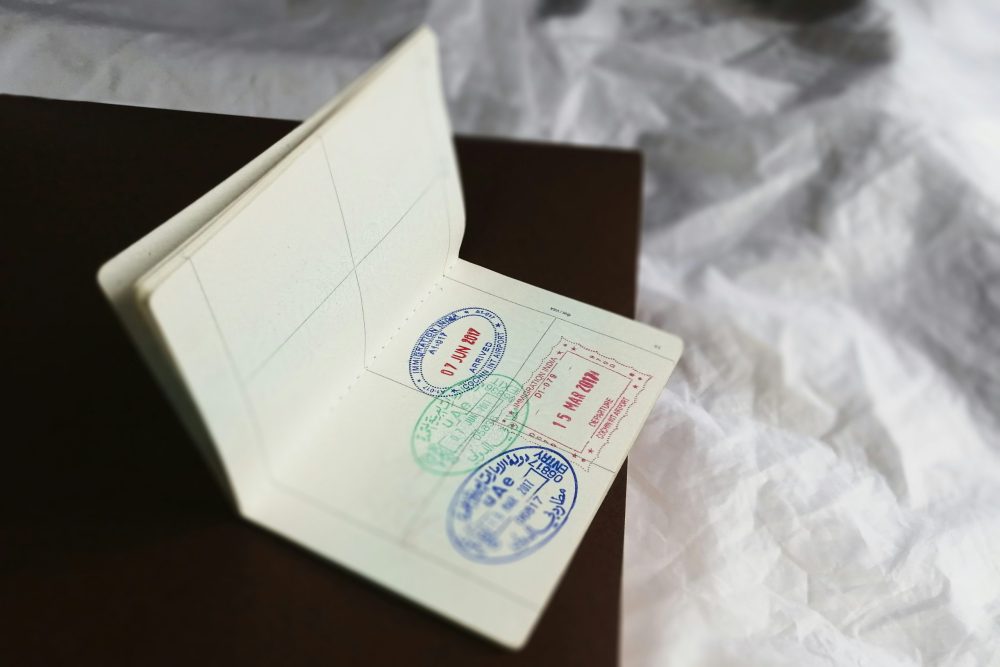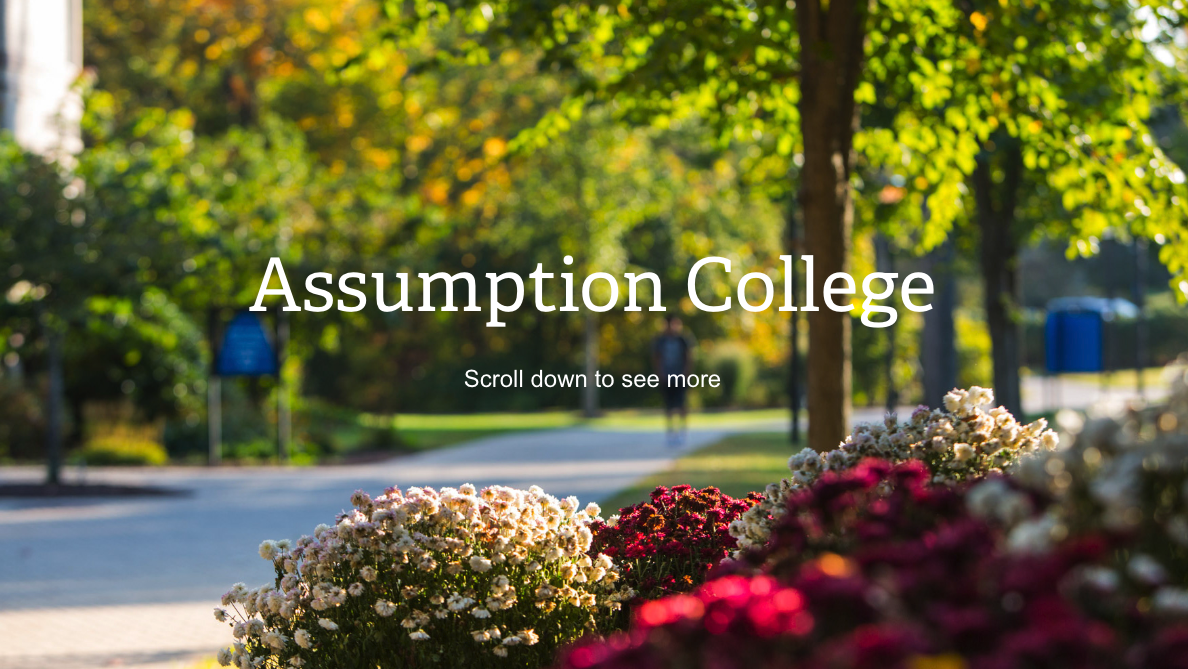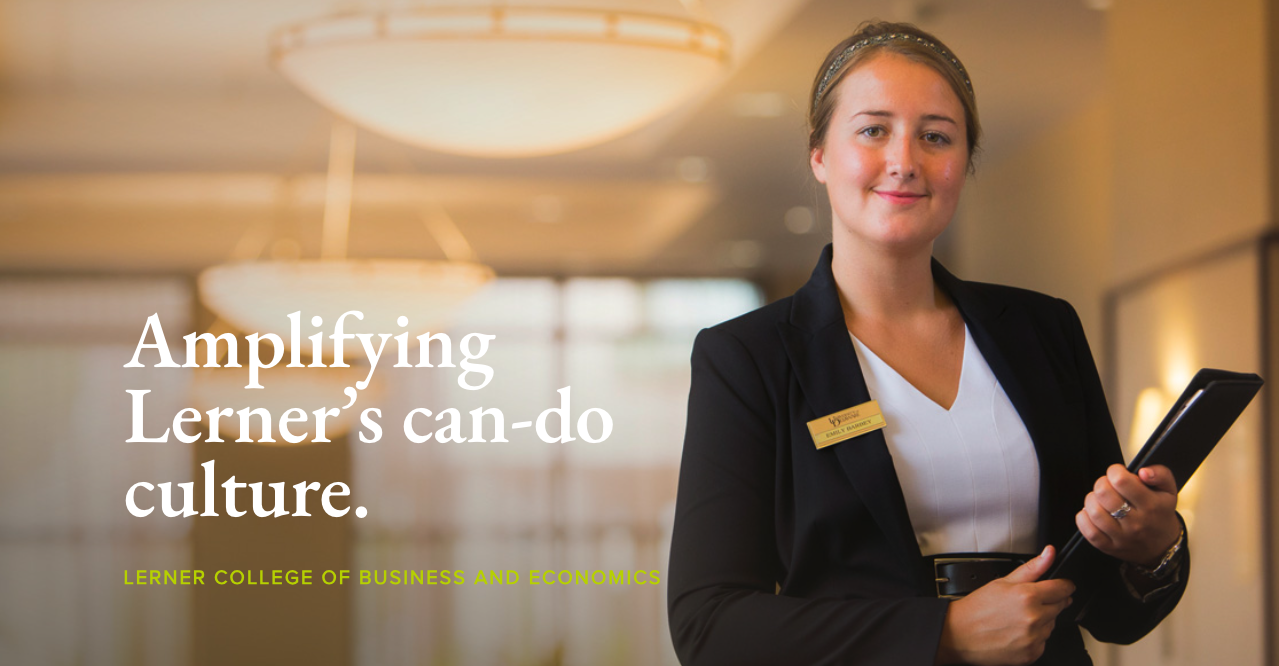As a seven-year-old in the late 1960s, I recognized three types of fire.
One fire burned routinely, day and night, up and down the banks of Pittsburgh’s three industrialized rivers. The flames spewed from towering blast furnaces and coke ovens that burned coal, gas and oil at temperatures hot enough to melt rock ore into steel.
One fire ignited suddenly, on the night of April 5, 1968, sparked by rage following Martin Luther King’s assassination in Memphis one evening prior. The blaze hopped from one wood-framed row house to another in my mixed-race, working class enclave. At this most pitched moment in America’s most contentious year, I understood that the waves of heat and coils of embers that spiraled from the burning block of homes signaled some deeper and harder to dampen unrest.
One fire appeared magically, in a flash of late-Summer lighting spotted deep at the horizon across dry, lush landscapes of the American West — the tallgrass prairies of Oklahoma or high among New Mexico’s ponderosa pine. Here, surrounded by darkness and star-rich skies, fire introduced me to its more primal nature.
I did not appreciate it at the time, but I was the rare American kid whose early life experience spanned vast distances, cultures and socio-economic realities. As the son of an interstate Trailways bus driver, and the grandson of a woman who moved to Arizona to escape her city’s toxic air, I was on the move from well before my first birthday.
On a Monday, I could be walking alongside the massive J&L Steelworks on Pittsburgh’s south side, one of the most intensely industrialized and densely populated urban neighborhoods in the entire world. By Friday, I might be lying bareback against the dunes of gypsum sand at White Sands National Park.
At least three and as many as five times a year, we drove away from the city toward the open spaces and awe-inspiring scale of the American West. At every change in the landscape, I sensed a commensurate change in people’s relationship to the land.
As a young adult, I worked to merge the two halves of my natural citizenship by organizing and advocating for an 11.5 urban greenway that aimed to reclaim Pittsburgh’s once impenetrable waterfront land. I helped to create a place where the inner stillness and wide-eyed joy that I experienced far from home (in the Ozarks of northwestern Arkansas or Arizona’s Sabino Canyon) could be readily accessible to anyone, regardless of income or social standing.
Today, America’s great outdoors companies, organizations and movements are asking an important set of questions. What can be done to make America’s wild spaces accessible to more people? How did we create, knowingly or not, such a monoculture and stereotype of what makes someone an evangelist for or consumer of the outdoors? What would it take to break down barriers (time, money, real and psychological safety) that deter underserved communities from getting outside?
Funding formulas, long controlled by causes and organizations in the Far West, have begun to identify their blind spots and assumptions. Grassroots movement has started to coalesce around a more honest and transparent “this land for you and me” ideal that includes America’s poor and long-ignored peoples of color from every social strata.
As a kid, I did not understand that nature carried either a real or implied barrier to entry. Expensive gear and the insider’s code (symbols, language and talismans) were neither on my radar nor within reach. I was simply lucky — incredibly blessed by my circumstance. The fire burned naturally within me; an unquenchable desire to see, protect and share what I had learned about America’s rich and diverse land and people.
First Published March 1212, 2021 on Medium, 12:00am



